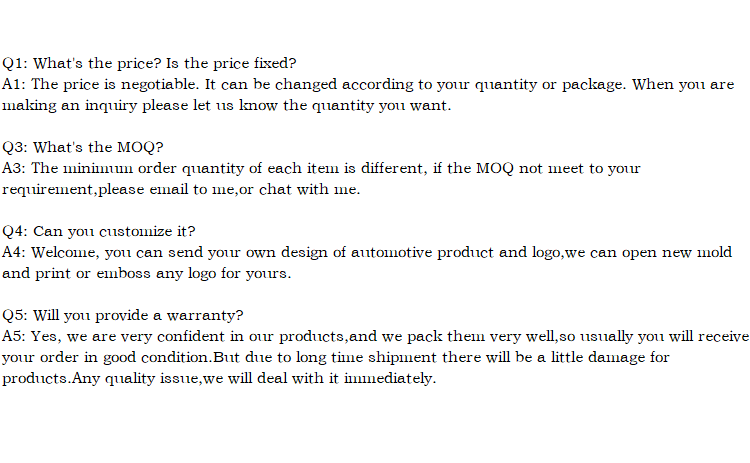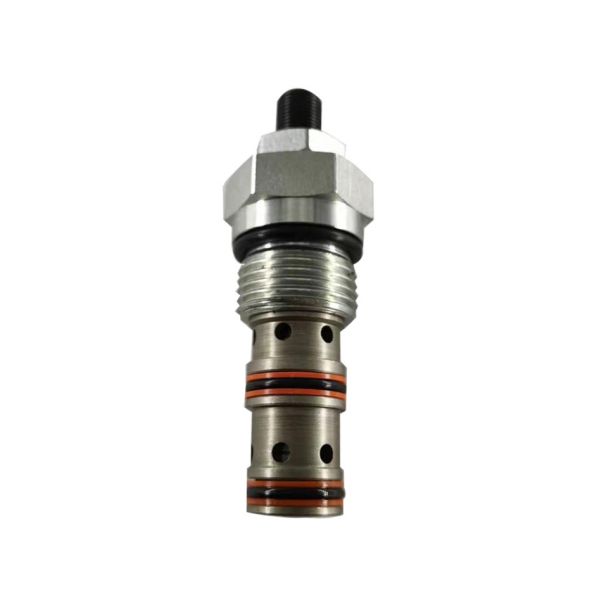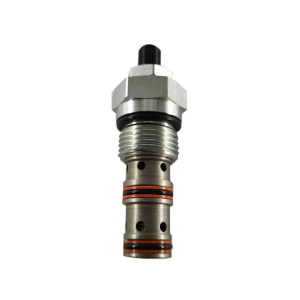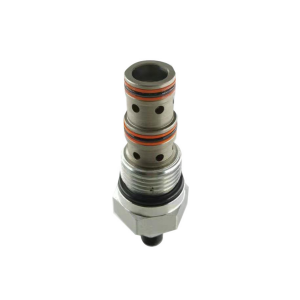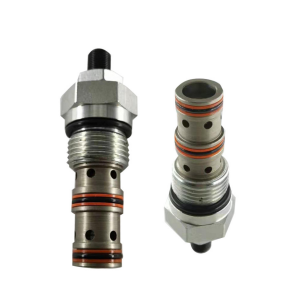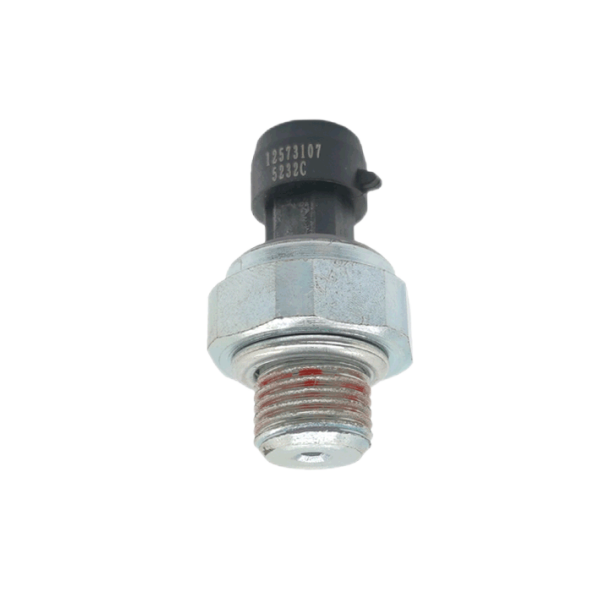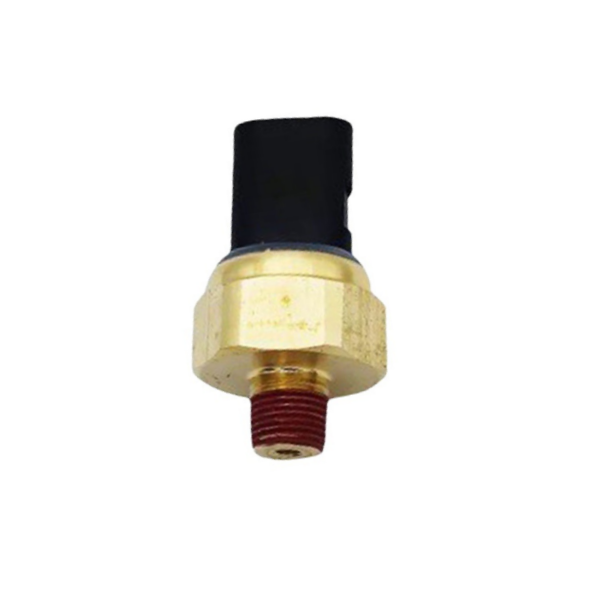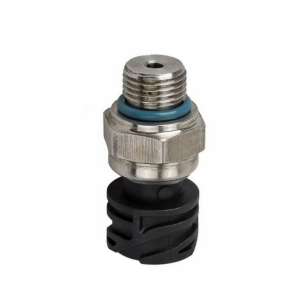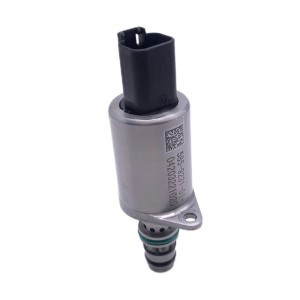Thread insertion speed regulating bidirectional stop valve BLF-10
Product introduction
Piezoelectric sensor and strain-based sensor have obviously different characteristics.
Piezoelectric force sensor is composed of piezoelectric crystal slices, which generate charge when subjected to compressive force. Usually, an electrode is inserted between two slices, which absorbs the generated charge, and the surrounding shell also serves as the electrode. The surface quality of the crystal and shell of piezoelectric sensor is very high, and it is very important for the measurement quality (linearity, response characteristics) of force sensor.
Whet to use strain or pressure-based power sensor depends on that application. Piezoelectric sensors are preferred in the following applications:
Sensor installation space is limited.
Small force measurement with high initial load
Wide measuring range
Measurement at very high temperature
Extreme overload stability
High dynamic
In the following, we will introduce its typical application fields in detail and provide you with a guide to the selection of sensors.
Application fields of piezoelectric sensors;
1. The sensor installation space is limited.
Piezoelectric sensors are very compact-for example, CLP series is only 3 to 5 mm high (depending on the measuring range). Therefore, this sensor is very suitable for integration with existing structures. Sensors have an integrated cable, because they can't accommodate plugs, so the structure height is very low. The sensor has all thread sizes, from M3 to M14. The low height of the structure requires that the force on the sensor surface can be evenly distributed.
2. Small force measurement with high initial load
When a force is applied, the piezoelectric sensor generates an electric charge. However, the sensor is subjected to a force that exceeds the actual measurement, for example, during installation. The generated charge may be short-circuited, setting the signal at the input of the charge amplifier to zero. In this way, the measuring range can be adjusted according to the actual force to be measured. Therefore, even if the initial load is quite different from the measured force, high measurement resolution can be ensured. High-end charge amplifiers such as CMD600 can continuously adjust the measurement range in real time, thus supporting these applications.
3. Wide measuring range
Piezoelectric sensors also have advantages in multi-stage. First, when a large force is initially applied. Adjust the piezoelectric measuring chain accordingly. The second stage involves force tracking, that is, small force change measurement. Benefiting from the special functions of the piezoelectric sensor, including physically eliminating the signal at the input of the charge amplifier. The charge amplifier input can be set to zero again and the measurement range can be adjusted to ensure high resolution.
Product picture
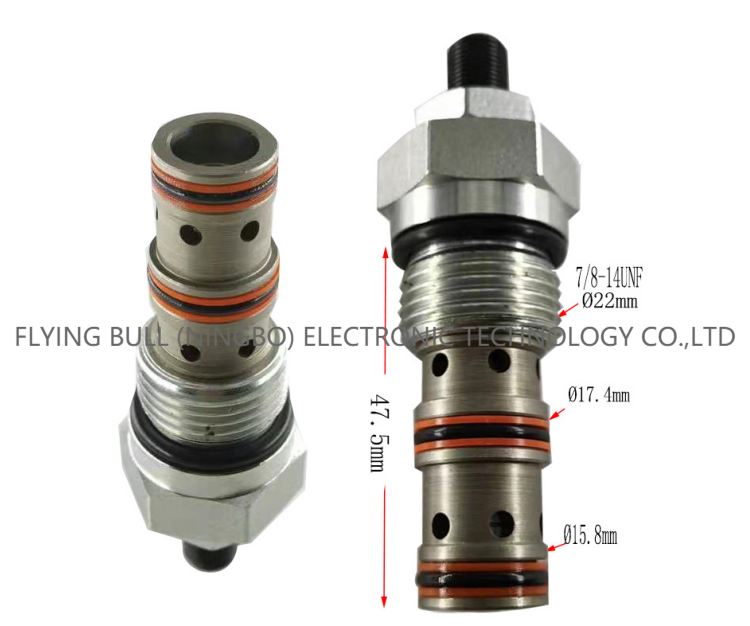
Company details







Company advantage
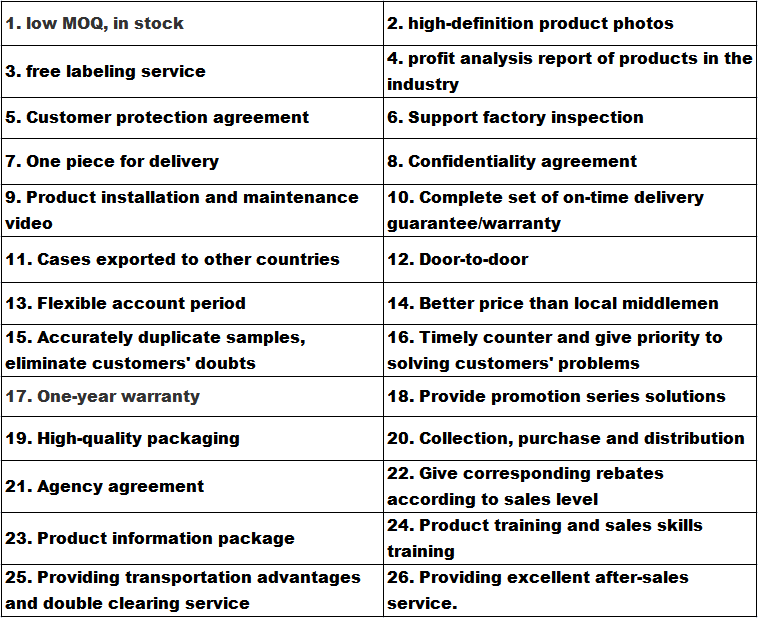
Transportation

FAQ
